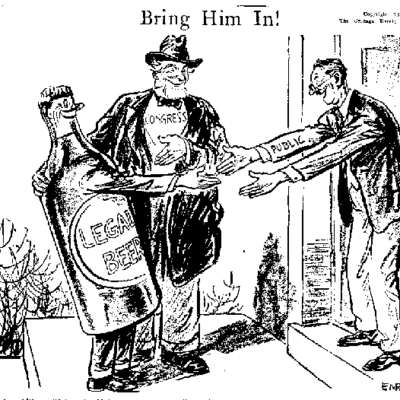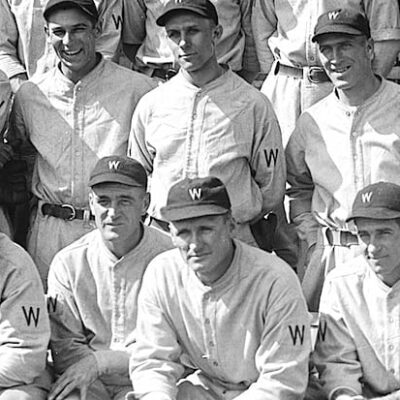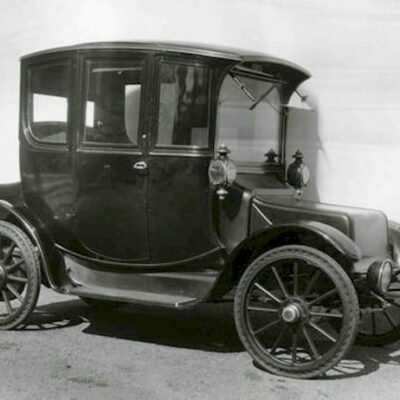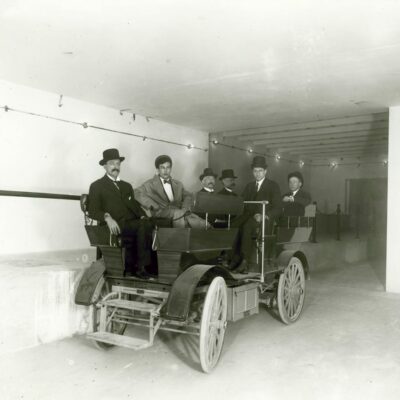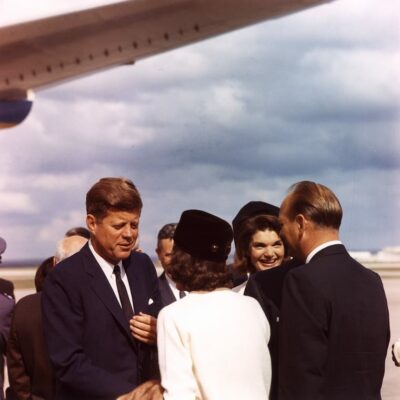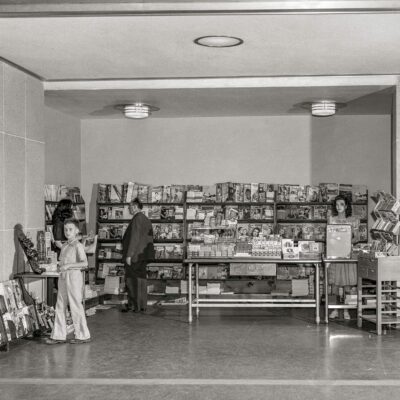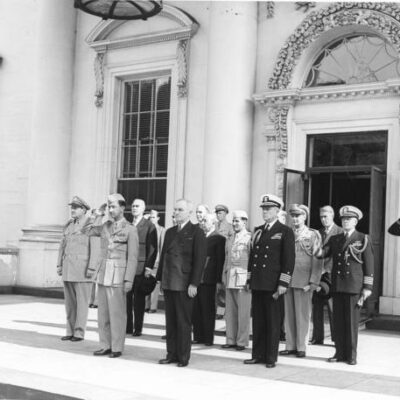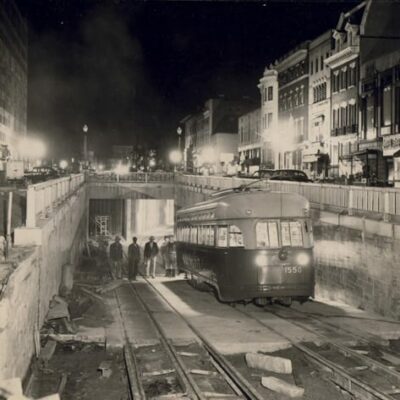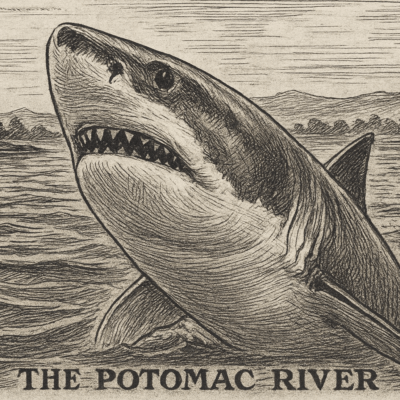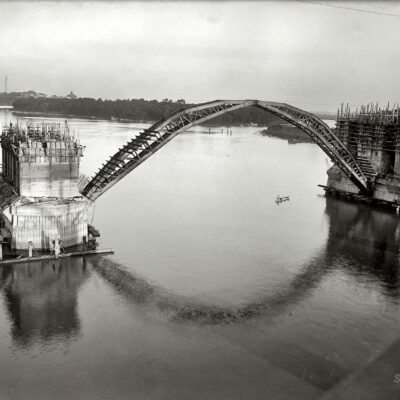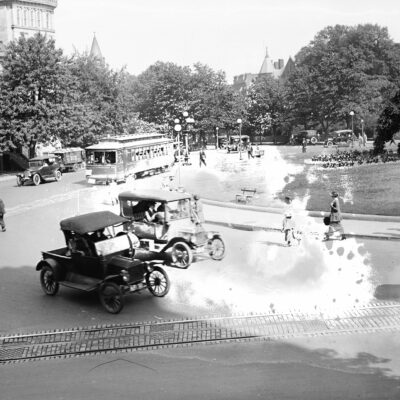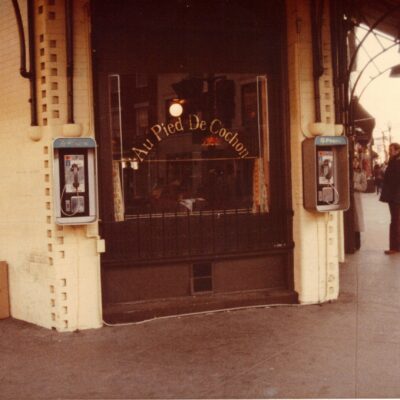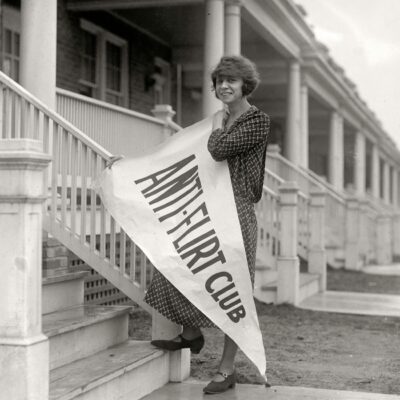Pre-Metro Ballston Faced Urban Decline and Disinvestment
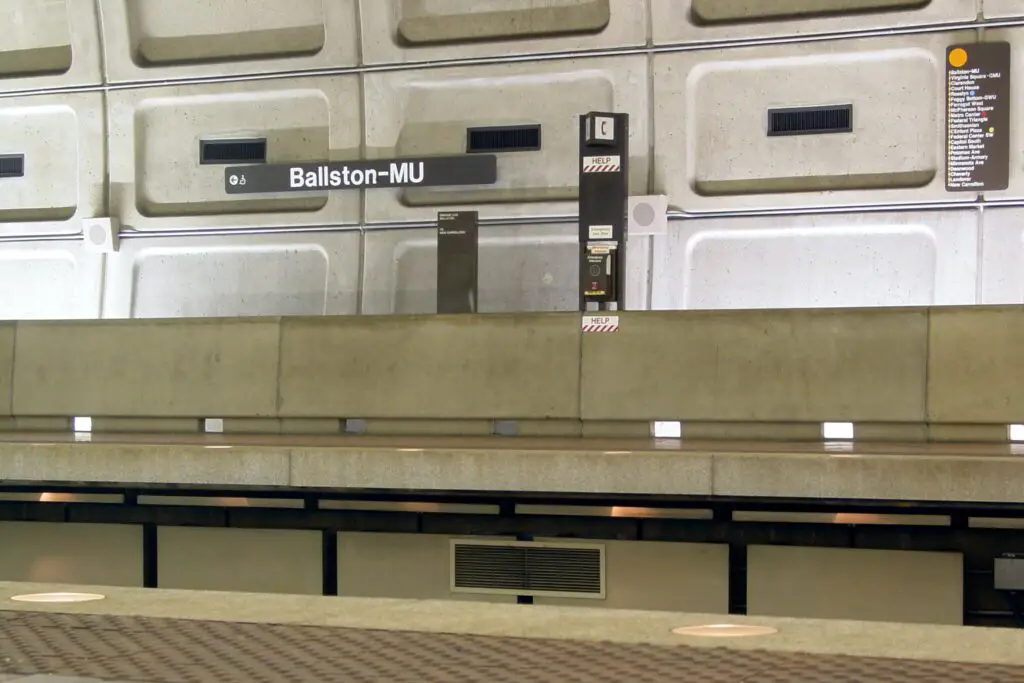
Before the opening of the Ballston Metro station, the Ballston area was declining economically. A November 1979 Washington Post article titled “Arlington Betting on the Orange Line” described Ballston as having “empty stores and boarded shopfronts” and declining property values prior to the station’s opening. However, Arlington County officials saw opportunity with the upcoming station. As a November 1976 Washington Post article titled “Urban Growth Without Urban Blight” noted, the county was “successfully guiding development around its forthcoming subway stations” in order to create density without blight.
The Ballston area was struggling in the years before Metro arrived. But Arlington County intentionally planned to use the new subway station to spur investment and revive the struggling strip. As the 1979 Post article stated, “County planners are betting that Metro will turn things around for the sagging commercial strip.” The county zoned the area around the future station for new mixed-use development, hoping to attract young professionals and new business activity.
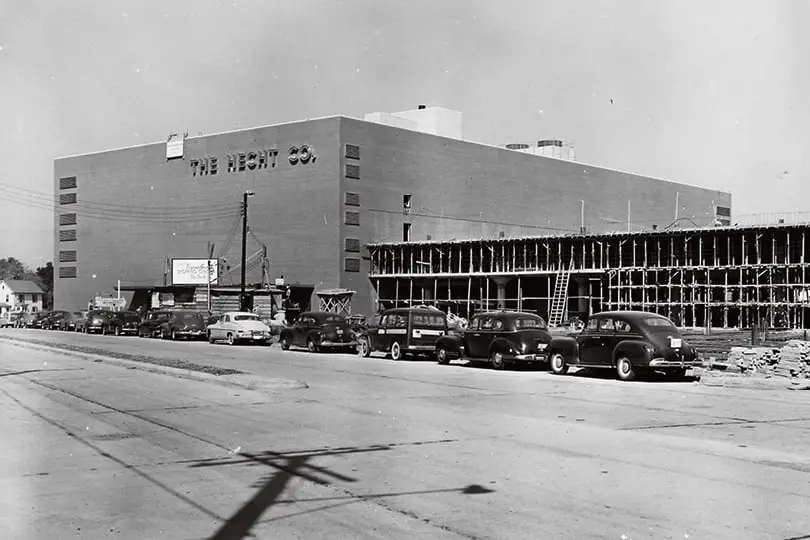
Opened in 1979 as Western Terminus of New Metro Line
Originally called Glebe Road, the new Ballston Metro station opened its doors in December 1979, as the western terminus of the recently extended Orange Line. It remained the end of the Metro line for seven years until the Orange Line was further extended west to Vienna in 1986.
The opening of the Ballston station marked a major turning point for the area and Arlington County. A February 1980 Washington Post article titled “Ballston Area Readies for Metro” described the preparations underway for the station’s arrival. This included new high-rise office buildings, hotels, and retail spaces planned near the Ballston station entrance in anticipation of the increased traffic and development Metro would bring.

The station instantly provided Ballston with superior transit access that it had previously lacked. And as hoped by Arlington County officials, this connectivity would soon drive dramatic redevelopment.
Ballston Metro Station Catalyzed Massive Redevelopment
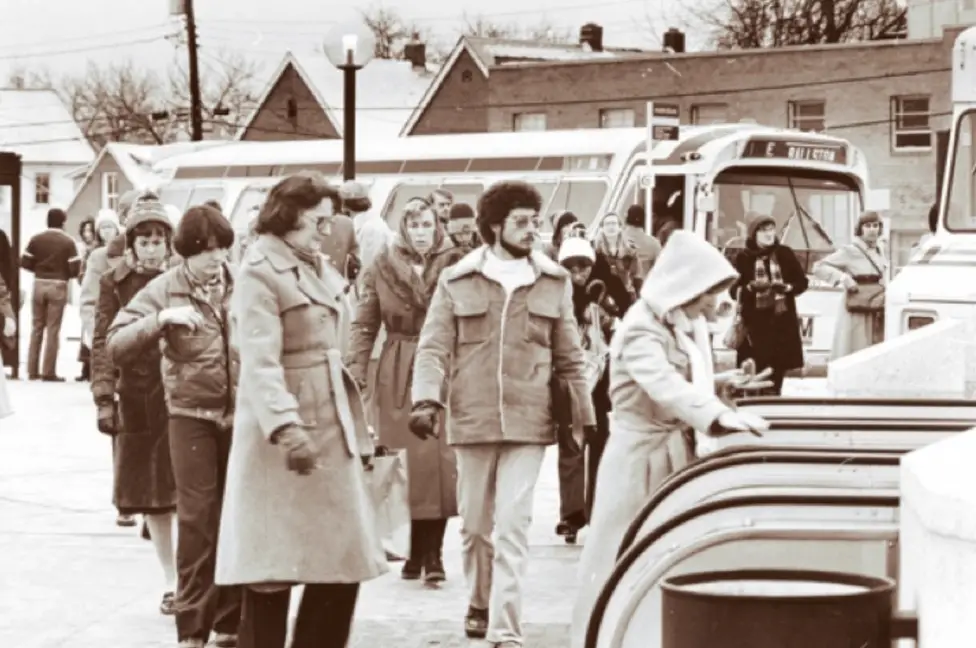
The opening of the Ballston Metro station in 1979 catalyzed major redevelopment and transformation of the Ballston neighborhood. As hoped by Arlington County officials, the new subway access drew young professionals and businesses to the area as noted in a February 1980 Washington Post article titled “Ballston Area Readies for Metro.”
This influx of people and investment capital began the process of turning Ballston into a thriving mixed-use hub. A November 1979 Post article had described Ballston as a “dreary collection of used car lots, small businesses and aging garden apartments” before Metro arrived. But with the station opening, the tide began to turn.
Within just a few years, the declining commercial strip and auto body shops cited in the 1979 article evolved into a walkable urban center. The area saw thousands of new residential units in high-rise apartments and condominiums. Modern office towers rose to provide workspaces. Retail stores, restaurants, and entertainment venues opened to serve the growing population.
While the initial promised investment figures may have been overstated, the transformation driven by the Ballston Metro is undeniable. The station catalyzed Ballston changing from a struggling neighborhood to a highly desirable urban destination.
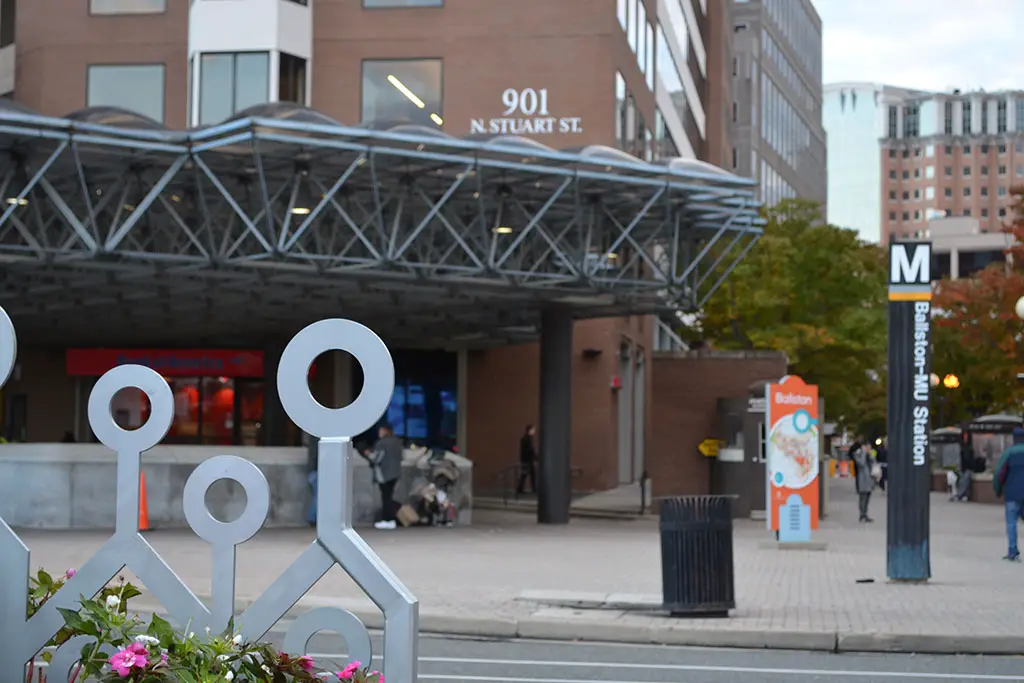
Neighborhood Now Transformed Due to Metro Station Access
Today, Ballston looks completely different than it did prior to the opening of the Ballston Metro Station in 1979. The station has continued fueling tremendous growth in Arlington County into the 21st century, with over 10,800 daily as of 2016 according to WMATA data. Ongoing construction of new luxury residential towers, office spaces, retail, and restaurants demonstrate Ballston’s lasting transformation.
The station demonstrates the immense power of transit access to revive and transform neighborhoods. In under the decades since opening, the station turned an economically declining strip into one of the most vibrant urban hubs in the DC metro area. Ballston’s rise exemplifies how Metro stations can attract investment, spur walkable development, and breathe new life into urban neighborhoods.

